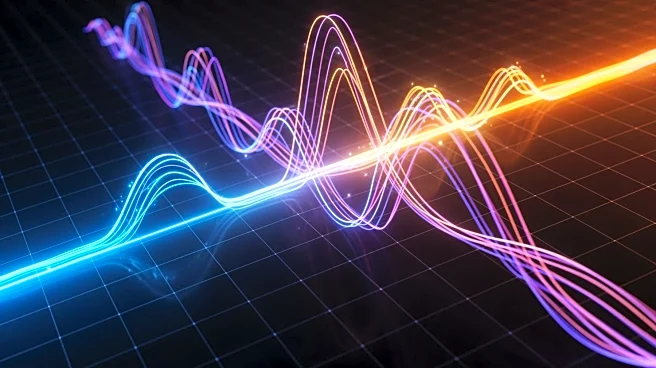What's Happening?
A recent study published in Nature discusses advancements in electromagnetic spectrum monitoring methods, focusing on the detection of electromagnetic interference. The research highlights the use of the I/Q
component weight cumulative distance method, which offers improved observation performance compared to traditional energy fluctuation analysis. This method is particularly effective in detecting interference caused by radio signals or other electromagnetic radiation. The study proposes a quartile labeling method to better describe the distribution of measurement values, enhancing the detection of fluctuations in electromagnetic spectrum data. The research also addresses the issue of low sensitivity in traditional detection methods and suggests combining cumulative distance parameters with statistical distribution methods to improve monitoring capabilities. The study emphasizes the importance of completing data 'holes' in long-term monitoring tasks to enhance resolution and reliability.
Why It's Important?
The advancements in electromagnetic spectrum monitoring methods have significant implications for various industries reliant on wireless communication. Improved detection of electromagnetic interference can enhance the reliability and efficiency of communication systems, which is crucial for sectors such as telecommunications, defense, and transportation. By addressing the limitations of traditional methods, the study provides a framework for more accurate and sensitive monitoring, potentially reducing the risk of communication disruptions. This can lead to better management of electromagnetic interference, ensuring the availability and security of wireless communication channels. The research also highlights the role of artificial intelligence in signal detection and classification, suggesting a future direction for interference management in complex environments.












